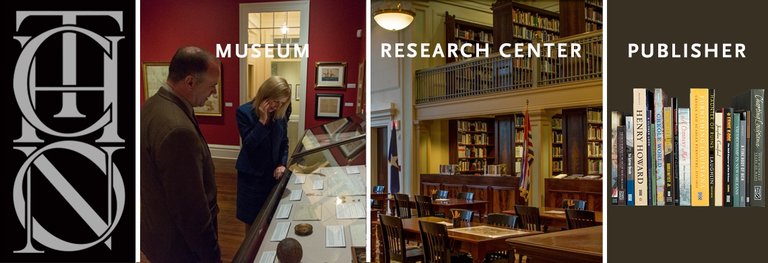
After exploring various historical and preservation groups, a few key themes where present throughout. The first concept was the idea of living history. The Historic Society of Pennsylvania, Historic Charleston Foundation, and The Historic New Orleans Collection all share this idea. The concept of living history means making history relevant to modern day people. This could be a great aspect to consider when deciding which organization to donate towards. The idea of living history also directly relates to the goals of the course. The idea of taking a modern tool (Steem- Cryptocurrency), and using it to help an organization is a concrete example of living history.

Another key aspect found in various historical/preservation groups was the concept of collaboration. The concept of collaboration between historical groups has played a pivotal role in saving various groups. In addition to saving many organizations, it also allows historic groups to care for artifacts more relevant to their area of preservation. The Historic Society of Pennsylvania works with various organizations to fulfill the idea of collaborative “living history.” Although working with multiple organizations may cause additional challenges, it may be an interesting element to explore. In addition to conveying the concept of collaboration it would also help spread the concept of using crypto currency for other historical and preservation groups.

The Historic New Orleans Collection offered a unique example of an organization having to redevelop its strategic plans. Not only did they have to overcome the common issues related to historic preservation, but also faced the recovery effort of a devastating storm. Today the Collection contains ten historic buildings, and over 1,000,000 artifacts. The Collection is open to scholars, and anybody interested in viewing a specific artifact. In addition to making any artifact available to the public, the organization has made visits to its four museum exhibitions free to visit. The concept of making the collections easily accessible to the public is a great strategic plan. It helps pull in more visitors, and promotes easy access to artifacts.

The Historic Charleston Foundation provides a similar plan to that of both The Historic Society of Pennsylvania, and The Historic New Orleans Collection. They have set up a strategy were historic buildings, and artifacts have a rich connection with current times. This relates to the concept of living history seen throughout these organizations strategic plans. The Historic Charleston Foundation also promotes diversity as a key component in its approach to preserving and teaching history. Diversity is a key component to accurately depict historical events, and artifacts. The use of living history, collaboration, and diversity are key components of a strategy for any cultural or historical organization. What would be some other key components that you find important for a cultural or historical organizations strategic plan?
Sources:
http://hsp.org/about-us/strategic-plan
https://www.historiccharleston.org/about/
https://www.hnoc.org/about
100% of the SBD rewards from this #explore1918 post will support the Philadelphia History Initiative @phillyhistory. This crypto-experiment is part of a graduate course at Temple University's Center for Public History and is exploring history and empowering education to endow meaning. To learn more click here.
Good points to support relevance and collaboration. How would we find the best possible organizations? Possibly to look at which ones in this region won recognition from an national group, like, for instance the American Association of State and Local History. More on that program here.
Maybe readers could point out some other ways of finding good places to award our hard-earned cryptocurrency?
Congratulations @connellgregg! You have completed some achievement on Steemit and have been rewarded with new badge(s) :
Click on any badge to view your own Board of Honor on SteemitBoard.
For more information about SteemitBoard, click here
If you no longer want to receive notifications, reply to this comment with the word
STOPSome great examples, Gregg! I'm always intrigued by how conglomerated history programs find balance. I think state historical societies are also a good model for this, often trying to balance exhibits with archives with educational programs (and sometimes publishing).